Our Services 
Digital Product Engineering 
CX Consulting
From Zero to One
Leading-Edge Frameworks
Web Application Development
Mobile Application Development
Testing
Technology Transformation 
Industries 
Insights 
About Us 
Careers
Contact Us
Our Services 
CX Consulting
Create superior customer experiences to enhance competitive advantage.
From Zero to One
Go from zero to breakthrough with scalable, future-proof solutions.
Leading-Edge Frameworks
Harness deep tech for smarter solutions and maximum impact.
Digital Solution Accelerators
Accelerate value delivery with powerful pre-built digital tools.
Web Application Development
Help businesses connect with an internet first generation.
Testing
Test the smarter way: where precision meets efficiency.
Mobile Application Development
Unlock real-time and personalized customer journeys for mobile first generation.
Data Science & Engineering
Turn data into decisive action with scalable AI infrastructure.
Platform Engineering
Design agile digital foundations that scale with tomorrow's business needs.
Software Reengineering
Build new-age architecture for maximum efficiency and hyper-growth.
Cloud Optimization
Fine-tune your cloud infrastructure for peak performance.
Industries 
Insights 
About Us 











